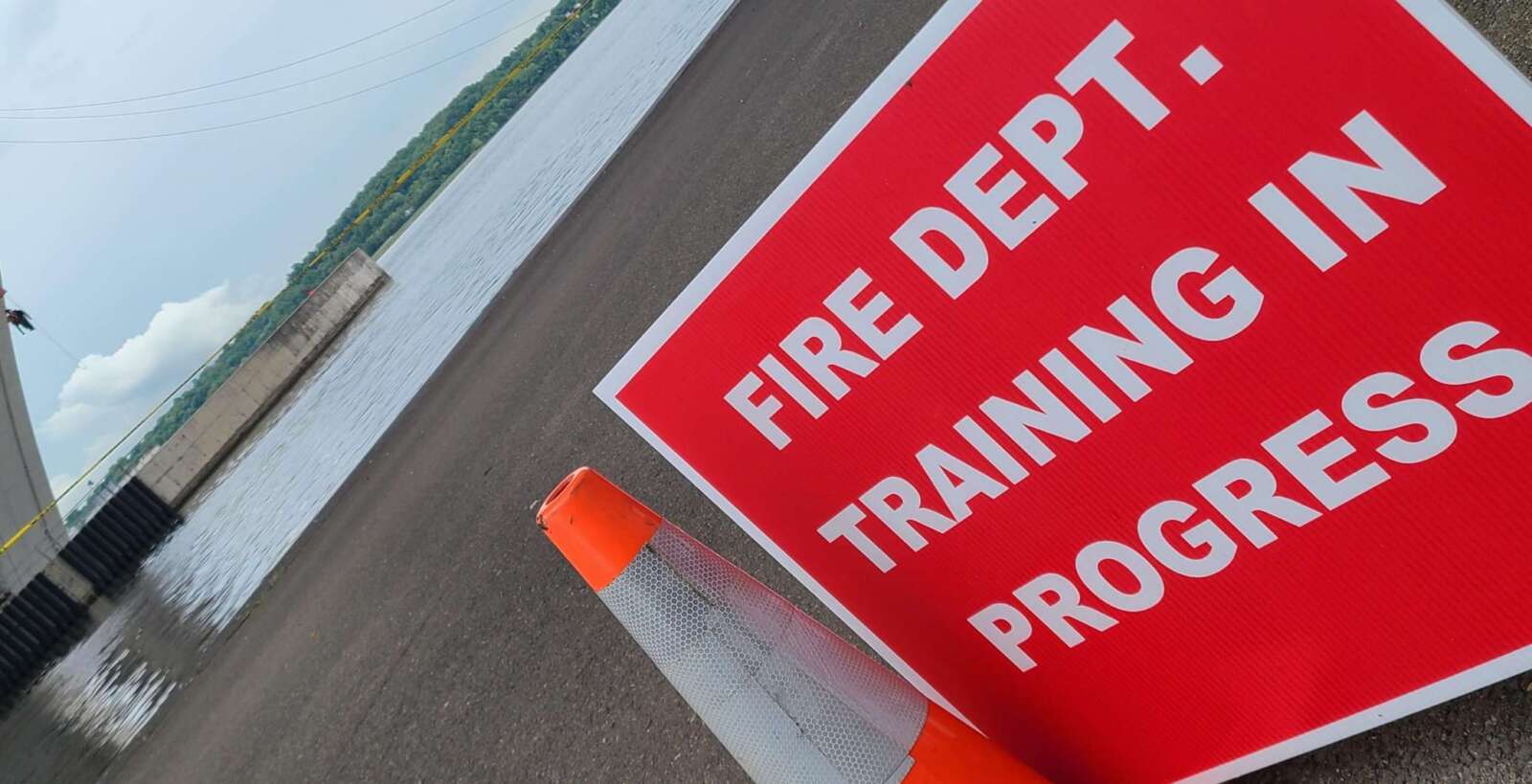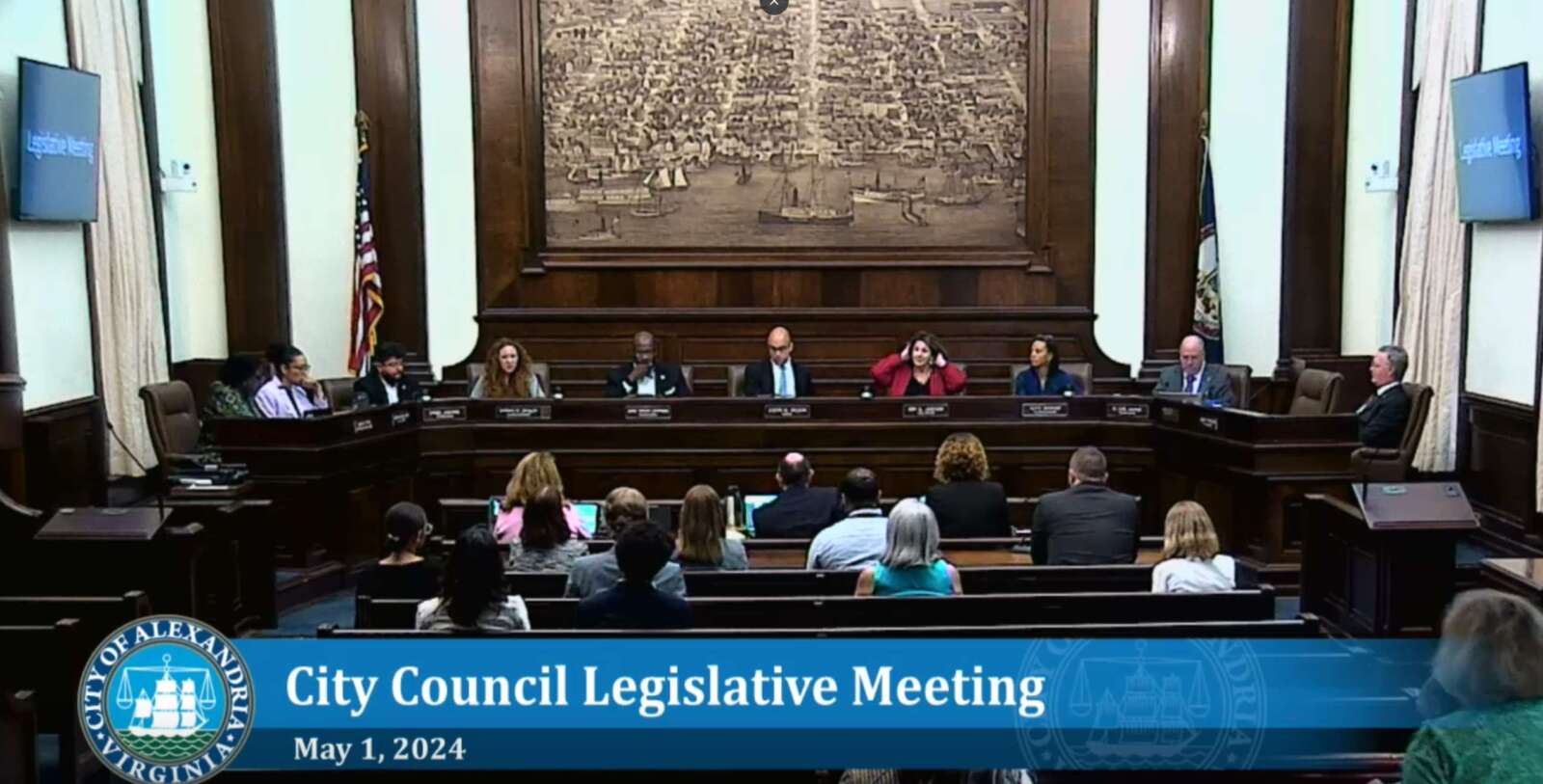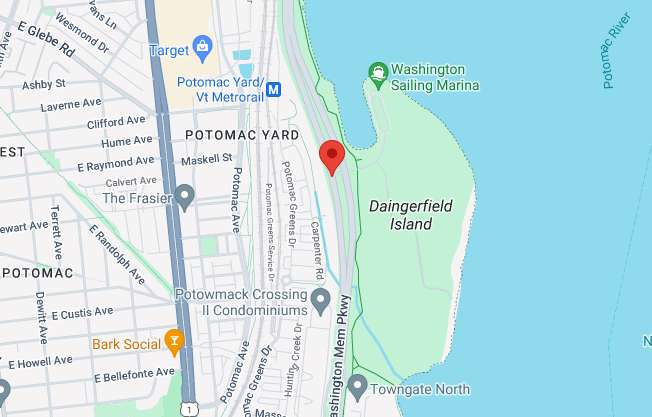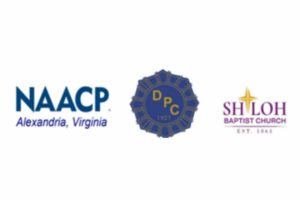According to the NHTSA recent report, 42,915 Americans lost their lives in 2021 due to road accidents. Comparing this to the 38,824 fatalities reported in 2020, it represents an approximately 10.5 percent increase. Additionally, this indicates the highest figure of traffic fatalities since 2005 and the highest annual percentage increase recorded in the Fatality Analysis Reporting System (FARS).
“The safety of every road user matters; nothing beats bidding farewell to your loved ones and coming back to them safely,” says Russel J. Berkowitz from Berkowitz Hanna Malpractice & Injury Lawyers. The number of lives lost in road crises is heartbreaking. The USDOT introduced the National Roadway Safety Strategy (NRSS), backed by funding from the Bipartisan Infrastructure Law, to address this crisis.
The NHTSA Statistical Report on the Traffic Fatalities Increase in 2021, as Compared to 2020
The NHTSA analysis also reveals the different categories that experienced some of the highest increases in 2021 compared to 2020. These categories and their percentage increase are as follows:
- Fatalities in multi-vehicle accidents and on urban roads (16 percent increase)
- Deaths involving drivers from 65 years and above (14 percent increase)
- Fatalities involving Pedestrians (13 percent increase)
- Accidents involving at least one large truck that result in fatalities (13 percent increase)
- Deaths during daytime (11 percent increase)
- Deaths involving motorcyclists ( 9 percent increase)
- Deaths involving bicyclists ( 5 percent increase)
- Deaths in speeding-related accidents ( 5 percent increase)
- Fatalities in alcohol-related accidents reported by the police (5 percent increase)
Bipartisan Infrastructure Law
The Bipartisan Infrastructure law is a plan by the Bidden-Harris administration to build a better America through a $1.2 trillion investment in infrastructure and competitiveness. The Bipartisan Infrastructure Law, also known as the Investment in Infrastructure and Jobs Act, will reconstruct roads, bridges, and rails. The Bipartisan infrastructure law will also upgrade and expand public transportation.
The Act also aims to invest in underprivileged communities, address the climate crisis, modernize ports and airports, increase safety, and advance environmental justice. It will encourage the creation of well-paying union jobs and promote sustainable, equitable economic growth so that everyone advances in decades to come.
The Bipartisan Infrastructure law will also help National Roadway Safety Strategy (NRSS) achieve its goal by Investing in road safety through funding. The investment involves providing $6 billion for the Safe Streets and Roads for All Program and an additional $4 billion for the Highway Safety Improvement Program (HSIP). It will also provide an additional $4 billion into programs that improve crash data and vehicle, behavior, and truck safety programs.
The National Roadway Safety Strategy (NRSS)
The National Roadway Safety Strategy by the U.S. Department of Transportation (DOT) adopts the safe system approach. In addition, it creates multiple layers of safety through safer roads, safer people, safer vehicles, safer speeds, and improved post-crash care.
The NRSS describes the comprehensive strategy by USDOT to significantly reduce severe injuries and fatalities on the national roads, highways, and streets. The ambitious long-term goal of the USDOT to achieve zero traffic fatalities begins with this action. The top priority of USDOT is safety, and the National Roadway Safety Strategy represents a Department-wide strategy for collaborating with national stakeholders to meet this objective.
Thus, The NRSS is a result of a collaborative effort between USDOT Operating Administrations (OAs) and the Office of the Secretary of Transportation. These Operating Administrations, whose roles and responsibilities include roadway safety, are as follows:
- National Highway Traffic Safety Administration (NHTSA)
- Federal Transit Administration (FTA)
- Pipeline and Hazardous Materials Safety Administration (PHMSA)
- Federal Highway Administration (FHWA)
- Federal Motor Carrier Safety Administration (FMCSA)
- Federal Railroad Administration (FRA)
Objectives and Implementation of the National Roadway Safety Strategy
Five complementary objectives that correspond to the Safe System Approach elements form the framework for the NRSS implementation. The following are the elements of this safe system approach:
- Safer People: Encourage road users to behave in a safe, responsible manner and create conditions that prioritize their ability to get to their destinations safely
- Safer Roads: Create road environments that account for injury tolerances, reduce human mistakes, and promote safer behavior. Additionally, it makes it easier for users who are most at risk to travel safely.
- Safer Vehicles: Increase the availability of vehicle systems and features that can help prevent collisions and lessen their impacts on both occupants and non-occupants
- Safer Speeds: encourages safer speeds in all types of road environments through targeted education and outreach campaigns, enforcement, and thoughtful, context-appropriate roadway design
- Post-Crash Care: Increase the likelihood of survival for people involved in collisions by providing quick access to emergency medical care. While ensuring their survival, it also provides a safe work environment for first responders and prevents secondary crashes through effective traffic incident management procedures.
The goal of the NRSS and the Safe System Approach it has adopted is to address contributing factors from all sides. The objective also includes creating layers of mitigation, prevention, and protection. Similarly, to achieve the goal of zero traffic fatalities, actions taken by the Department must be supported by actions taken by partners from all transportation industries.
NHTSA Efforts to Improve Roadway Safety
NHTSA launched a “Click It” or “Ticket” campaign to help reverse the traffic fatalities trends and save lives on the roads. The Click It or Ticket campaign runs alongside special enforcement initiatives to raise awareness that seat belts save lives. Accidents are complex events involving many different factors, and some strategies or interventions might have been able to prevent some crashes from happening.
On the other hand, other measures, like wearing seat belts, could have prevented most collisions from being fatal or resulting in severe injuries. NHTSA also launched a technical assistance program to help states take decisive action against a steady rise in traffic fatalities. Furthermore, the NHTSA released $740 million in funding to states and communities to implement programs to help combat reckless driving that may result in traffic fatalities.
These funds cover Sections 1906 Racial Profiling Data Collection Grants, Section 405 National Priority Safety Program, and 402 State and Community Grant Program. States are encouraged to use the money to create programs to address the opportunities and gaps found during the technical assistance effort. Additionally, they will use the fund to expand partnerships, concentrate on unsafe driving, and address safety issues with vulnerable road users and overrepresented populations.
Final Thought
Tackling the crisis on the national roadways and achieving the zero road fatalities goal requires efforts from all road safety agencies and the general public. The collaborative input will also lead to a significant cultural shift that treats traffic fatalities as unacceptable and preventable.
Recent Stories

Good news, D.C. area. You can save money on your next home cleaning with Well-Paid Maids. It’s easy!
We offer a discount when you set up recurring cleans — and the discounts just increased this week!
For weekly cleans, get $30 off each cleaning.

Potomac Harmony is Back! Following a gap year of competing, then virtual rehearsals during the pandemic, followed by the well-earned retirement of our long-term director, a year of a director search, Potomac Harmony hit the regional contest stage in Concord, North Carolina in March for the first time since 2018! It was exhilarating, reaffirming, and rewarding!
The chorus hit all of its goals, the biggest of which was to have fun and sing our best on contest stage — we did both! Because we earned a score over 400 points, our new Director, Allison Lynskey, was awarded the Novice Director award, photo above. Additionally, one of our charter members, Jackie Bottash, was nominated for and honored with the Leadership Excellence award. It was a celebratory weekend!
What’s next? So much! We now look forward to upcoming performances, growing our membership, and expanding our musical product with new arrangements and an education component each week. It’s an exciting time to be part of this ever-growing ensemble!
Alexandria NAACP, Shiloh Baptist Church, DPC to hold City Council…
The Alexandria Branch of the NAACP, Shiloh Baptist Church, and The Departmental Progressive Club to hold the City Council Candidate Forum for ALL Candidates in the City of Alexandria Virginia. The event is Free of Charge and Open to The







